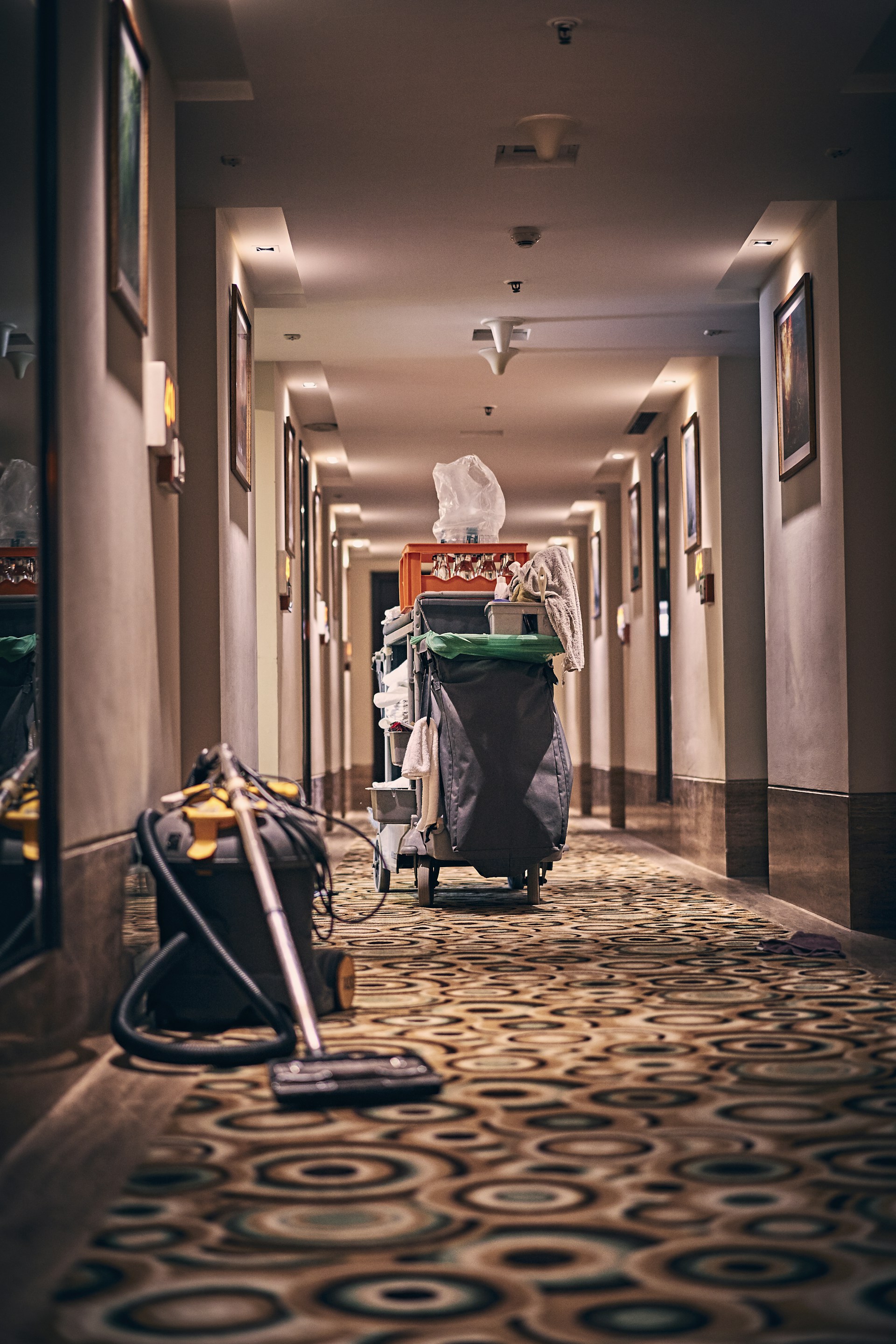
Your Trusted Cleaning Partner
At Corp-O-Clean, we specialize in commercial janitorial services, ensuring your business shines. Established in 2014, we proudly serve the greater Atlanta area with dedication and expertise.
Partnering with a local and established cleaning company offers several significant advantages. Firstly, local companies have a deep understanding of the community’s unique cleaning needs and preferences, allowing them to tailor their services accordingly. Their familiarity with the area often results in quicker response times and more personalized customer service. Additionally, established companies bring years of expertise and professional standards to the table, ensuring high-quality results and reliability. Collaborating with a local cleaning service can also foster a sense of community support, as these businesses are likely to reinvest in local initiatives and create jobs within the area. Moreover, having a local partner can enhance communication and trust, ensuring that clients receive attentive service and can easily address any concerns. Overall, choosing a local cleaning company can lead to a more efficient, reliable, and community-oriented cleaning solution.
Keep Your Commercial Facility Spotless and Your Business Focused.
Stop worrying about cleaning and start focusing on what you do best. Our professional commercial cleaning services offer unparalleled expertise, ensuring a healthier and more productive environment for your business.
Reduce your liability with our fully insured and bonded team, compliant with all safety standards.
Save money with our cost-effective solutions, eliminating the overhead of in-house cleaning staff.
Enjoy flexible schedules and customized cleaning plans tailored to your specific needs.
Call to Action: Get a free quote today and experience the difference professional cleaning can make!
Cost Comparison: In-House vs. Outsourced Cleaning
Labor Costs
Salaries (including taxes and benefits), potential overtime, costs associated with recruitment, hiring, and training.
Contracted service fees (often predictable and scalable based on service level and frequency).
Cleaning Supplies
Ongoing purchase of various cleaning chemicals, paper goods, and other consumables.
Typically included in the service fees. Professional companies often have better purchasing power.
Equipment Costs
Initial purchase and ongoing maintenance, repair, and replacement of cleaning equipment (vacuums, mops, floor scrubbers, etc.).
Typically provided and maintained by the cleaning company, eliminating these capital and operational expenses for the client.
Training Costs
Responsibility for initial and ongoing training of cleaning staff on procedures, safety, and equipment operation.
Handled by the professional cleaning company, saving time and resources for the client.
Insurance Costs
Potential need for workers' compensation and liability insurance for cleaning staff employed directly by the facility.
Insurance (general liability, workers' compensation) is held by the cleaning company, transferring this responsibility and cost away from the client.
Management Time
Significant time allocated to overseeing cleaning staff, managing schedules, handling issues, and ensuring quality control.
Reduces the administrative burden on the client's management team, allowing them to focus on core business activities.
Potential Indirect Costs
Risk of OSHA non-compliance, potential for higher employee sick days due to inconsistent cleaning, potential for premature wear and tear on assets due to improper cleaning, costs associated with employee turnover.
Professional companies ensure regulatory compliance, often provide more consistent and thorough cleaning leading to better health outcomes and asset preservation, and handle employee management.
Clean Talk App
Our app connects us with our cleaners and customers for seamless communication prompt service.


Real-time Communication
Instant messaging keeps everyone informed and engaged throughout the cleaning process.
Appointment Scheduling
Easily manage and schedule appointments for efficient service delivery and customer satisfaction.
Photo Uploads
Upload pictures to document progress and ensure quality assurance for every cleaning task.
Our Services
Providing exceptional commercial janitorial services in the greater Atlanta area since 2014. Satisfaction guaranteed.
Office Cleaning
Thorough office cleaning services tailored to maintain a pristine and professional work environment for your business.


Floor Care
Expert floor care solutions including waxing, buffing, and deep cleaning to enhance your business's appearance.
Focus on your special occasion and leave the dirty work to us.
Event Cleaning








Construction Cleaning
Disinfecting Services
We will keep your construction area clean and neat so your environment is safer. We will also get you ready for the Grand Opening.
We know how important it is to keep patients and students safe. We use hospital grade disinfectant to ensure a healthy environment.
Client Feedback
See what our satisfied customers say about our services.
Finding a company that could satisfy the cleaning needs of our facility was a headache for a long time. We have now been with Corp-O-Clean for over 10 years and counting.
Bryan
Norcross, GA
The team at Corp-O-Clean is reliable, professional, and always exceeds expectations. Highly recommend for any commercial cleaning needs in the Atlanta area!
John
Atlanta, GA
